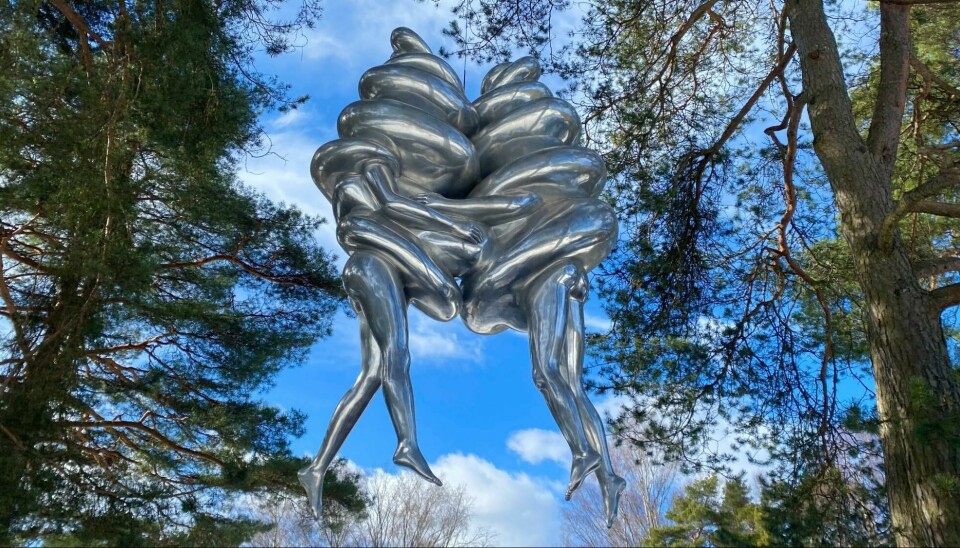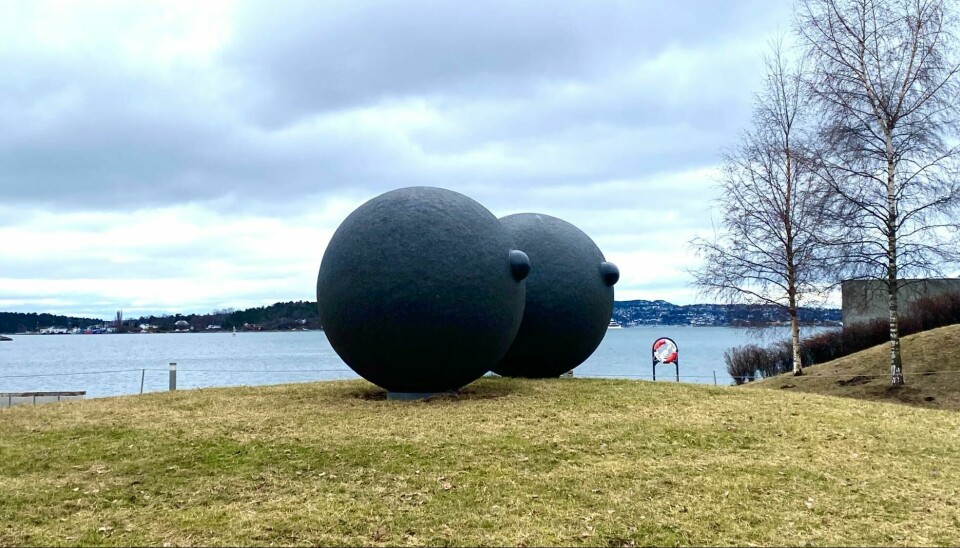
Top-5 Sculpture Parks in Oslo
Get some vitamin D and enjoy art in the free sculpture parks of Norway's capital!
1. Vigeland Sculpture Park
Location: Google Maps
Located a 15-minute walk from the Majorstuen T-bane station, the Vigeland Sculpture Park is a must-see! The popular tourist attraction is the largest sculpture park in the world made by a single sculptor: it showcases more than 200 pieces by Gustav Vigeland (1869-1943), one of the most appreciated Norwegian artists.
Vigeland dedicated more than 40 years of his life to the creation of the artworks which were installed in the park between 1940 and 1949. The bronze, granite, and cast iron sculptures are placed in five groups along an 850-meter-long axis: the Main Gate, the Bridge with the Children's playground, the Fountain, the Monolith, and the Wheel of Life.
The sculptures in the Vigeland Sculpture Park represent the cycle of human life and the full range of human emotions — from “The Angry Boy” that is about to stomp with its foot, to the “Dancing Woman” who is filled with the joy of life.
Universitas tip: When you are facing the “Angry Boy” sculpture on the Bridge, look down to your left. You will see the Children's playground, which is a little oasis of multiple sculptures of babies placed in a circle. You can reach it by following the path down next to the bridge.
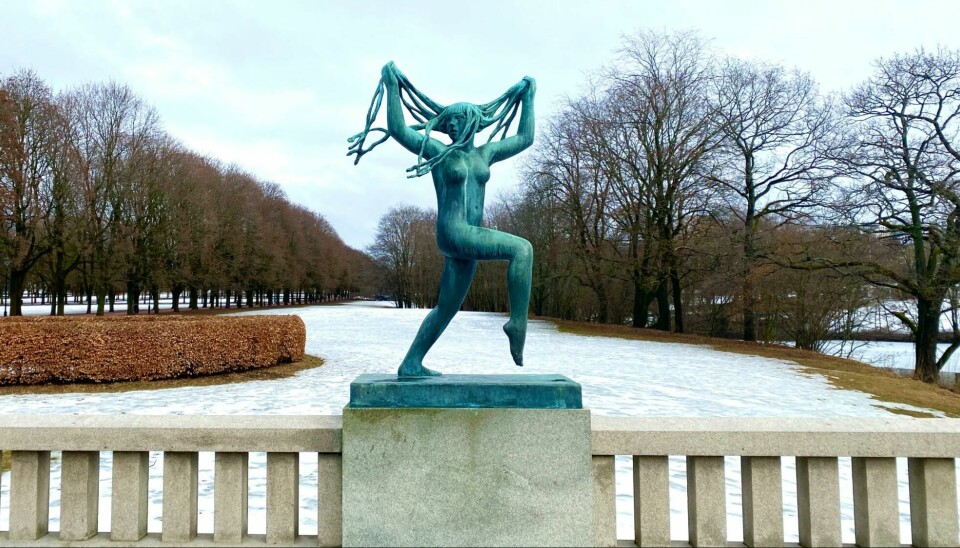
2. Peer Gynt Sculpture Park
Location: Google Maps
Visual art and literature meet in the Peer Gynt Sculpture Park. Here, 23 sculptures tell the story of Henrik Ibsen's play “Peer Gynt” act by act. The park is easy to reach, located a two-minute walk from the Løren T-bane station.
The Peer Gynt Sculpture Park was established by Selvaag, the company behind the housing development in Løren are in Oslo, in 2006. The sculptures were selected through an international competition where artists were tasked with translating motives from Ibsen’s play to a sculpture. The winners come from Norway, Italy, USA/Russia, Germany, Poland, Spain, Sweden, and Ireland.
If you are not yet familiar with the play “Peer Gynt,” you can learn about it in the park! Each sculpture is accompanied by the text that explains the inspiration behind it. For example, Kamila Szejnoch’s “The Button Moulder” depicts a figure with a gigantic red button instead of its head that is looking at the sky with binoculars. According to the text next to it, the artwork references the mysterious Button Moulder who wants to melt Peer Gynt down in a large ladle, so that his personality can re-emerge in a new form, this time with a purpose.
Universitas tip: Read or watch Ibsen’s “Peer Gynt” before going to the sculpture park — it makes the visit even more enjoyable!
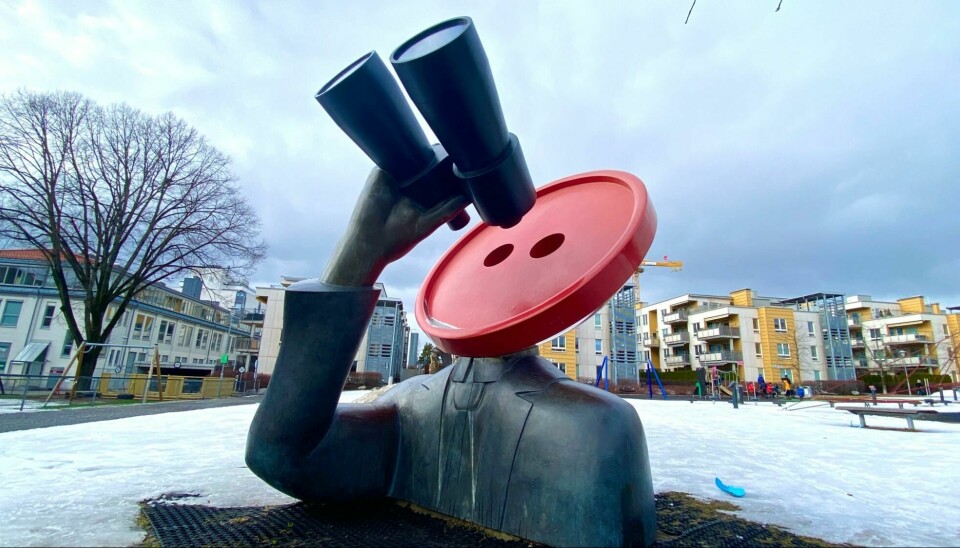
3. Princess Ingrid Alexandra Sculpture Park
Location: Google Maps
Located a short walk from the Nationaltheatret T-bane station and right next to The Royal Palace, the Princess Ingrid Alexandra Sculpture Park awakens the inner child in all of us.
The artworks in the park are inspired by children’s ideas: a competition was held among 5th- and 6th-graders from Norway, and the 11 winning sketches were transformed into real-life sculptures. These include a bright orange geometric fox, a colorful rainbow, a bronze worm, and even a granite hand from which a real tree emerges.
As a part of the King and Queen's 25th anniversary celebration, the Princess Ingrid Alexandra Sculpture Park was opened on May 19th, 2016. The Royal Family was in attendance, and 1000 children from local kindergartens were invited to join as well. The park is named after Princess Ingrid Alexandra, who is the second in line to the Norwegian throne after her father.
Universitas tip: In this place of fantasy, let your creativity wander. What kind of sculpture would your inner child create?
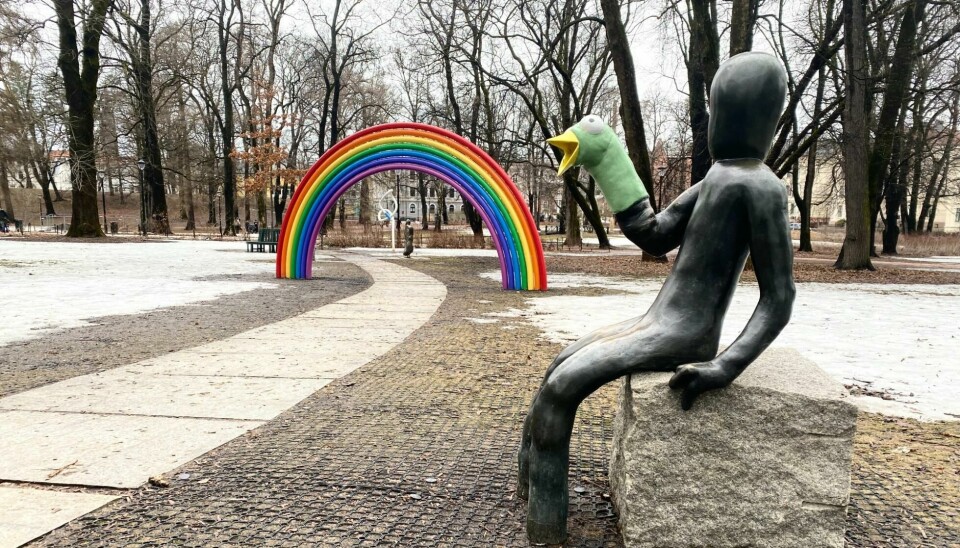
4. Tjuvholmen Sculpture Park
Location: Google Maps
The Tjuvholmen Sculpture Park is a place where nature, art, and architecture complement each other. Located on the Oslo fjord, next to the Astrup Fearnley Museum of Modern Art, the park consists of eight artworks by renowned contemporary artists including Paul McCarthy, Anish Kapoor, and Louise Bourgeois.
The park was established with the artistic expertise of the director of Denmark’s Louisiana Museum of Modern Art, Poul Erik Tøjner, and designed by the architect Renzo Piano, the creative mind behind iconic projects like the Centre Georges Pompidou in Paris, the Whitney Museum of American Art in New York, and the Astrup Fearnley Museum of Modern Art in Oslo.
Since the Tjuvholmen Sculpture Park opened its doors in 2012, it has been especially enjoyable in the summer, when visitors can combine swimming in the sea, sunbathing, and contemplating the art!
Universitas tip: During your visit, have a close look at “Things for a House on an Island” by Fischli and Weiss. What could be inside the little house?
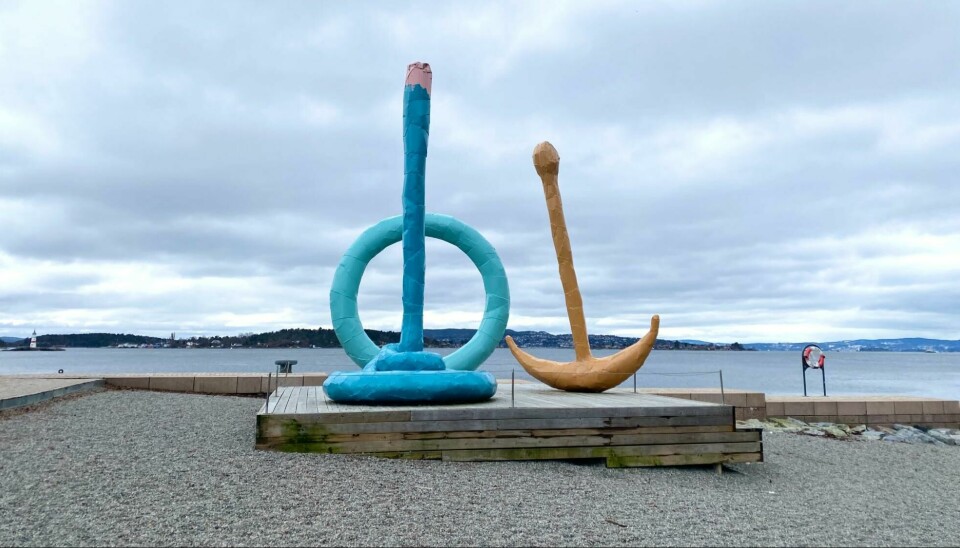
5. Ekebergparken Sculpture Park
Location: Google Maps
The Ekebergparken Sculpture Park is a great destination for art enthusiasts and nature lovers alike! It is located in a wooded area of 25.5 acres in the southeast part of Oslo, and it is a collaboration between the City of Oslo and the C. Ludens Ringnes Foundation, established by the art collector Christian Ringnes. In the park, you will find a celebration of pure creativity with 45 artworks from internationally acclaimed artists including Salvador Dalí, Tony Oursler, and Louise Bourgeois.
Ever since it’s opening in 2013, the Ekebergparken Sculpture Park has been the home to a diverse range of artworks: from classical sculptures from the 19th and early 20th centuries like Auguste Ridin’s bronze “Cariatide Tombée à L'urne” to sculptures and installations by contemporary artists like Pipilotti Rist’s glowing underwear installation “Nordic Hiplights.”
As if the artworks are not enough, the park offers several amazing panoramic views of the city and the fjords! This makes the Ekebergparken Sculpture Park the perfect place to visit for a cinematic sunset.
Universitas tip: Go to the Ekebergparken Sculpture Park on a Sunday to join a free guided tour of James Turrell’s “Ganzfeld: Double Vision” light installation.
